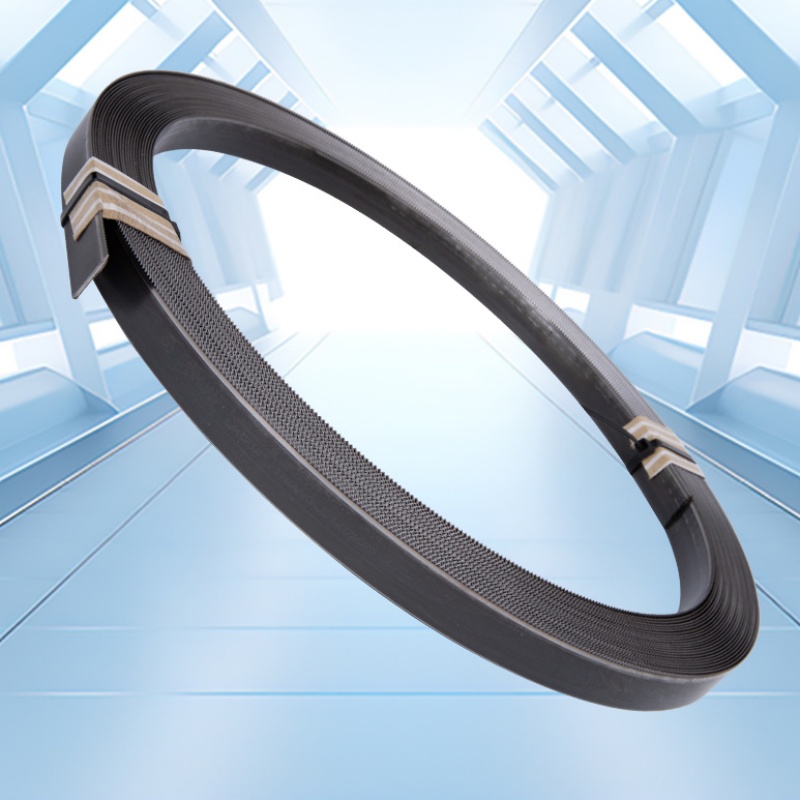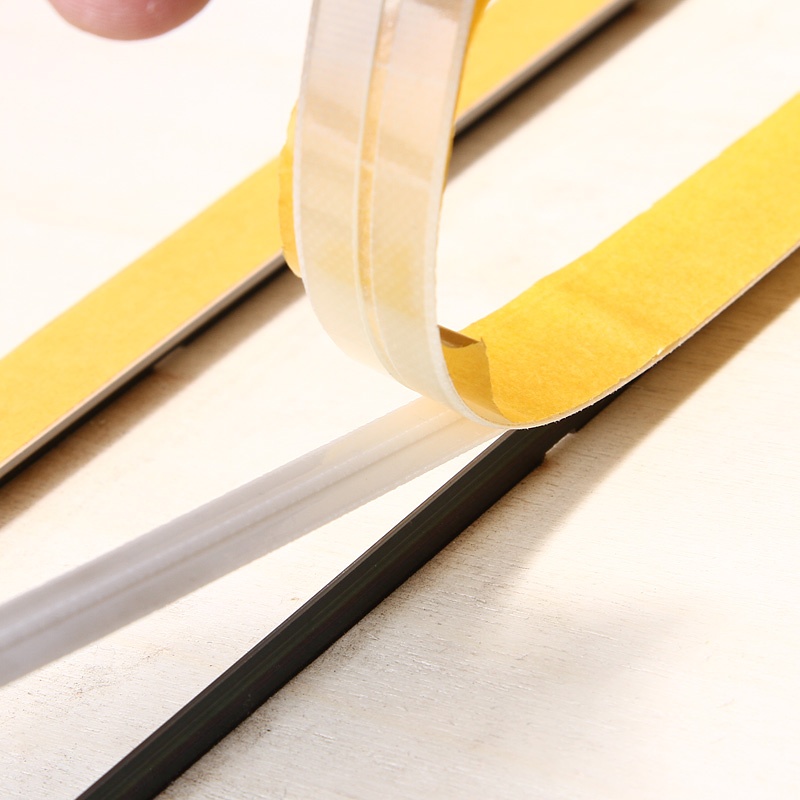
Precision steel crafting techniques play a vital task for producing superior modules across a wide collection of disciplines. These alloys express remarkable resilience, helping them to absorb substantial pressures involved in assembly procedures. From engineering modules to packaging apparatus, rule die steel commands its usage in a wide-ranging of markets.
- Aerospace units: Rule die steel is indispensable for crafting precise and detailed elements such as pistons, valves and enclosures.
- Healthcare equipment: The remarkable sharpness and durability of rule die steel make it advantageously appropriate for manufacturing fine food processing machinery.
- Metal Stamping Dies: Rule die steel forms the essential structure of reliable tooling and molds used in various manufacturing procedures, ensuring accurate product deliverables.
Precision Cutting Rules for Accurate Sheet Metal Fabrication
Realizing precision in sheet metal fabrication demands careful attention to precision, particularly when it comes to dividing. Utilizing the right cutting rules is fundamental to securing consistent and stable results. First and foremost, selecting the appropriate cutting method for your material thickness and desired edge quality is crucial. Options include oxy-fuel cutting, each with its own assets. Next, understanding material properties like tensile strength, ductility, and hardness can help prevent warping or damage during the cutting process. Always check a material's datasheet for explicit guidelines on safe cutting practices.
- Similarly, maintaining sharp cutting tools is essential for burr-free cuts and preventing stress on the sheet metal.
- Thermal conditioning the material can reduce thermal stress and improve cut quality in thicker materials.
- Finally, post-processing steps like deburring and edge finishing are important for delivering a professional and functional product.
Appreciating Punch and Die Construction
Punch and die construction is a critical aspect of the metal stamping process. These tools manufacture metal sheets into various modules by applying targeted pressure. The design and construction of punches and dies decisively influence the standard of the stamped outputs. A well-constructed punch usually features a hardened steel tip to withstand repeated force, while the die complements this force with a precisely machined cavity. The interaction between these two elements maintains the faithful transfer of shape and magnitude to the metal sheet. The detail of punch and die construction can change based on the specific requirements of the stamping application. Variables such as the material thickness, shape complexity, and production volume jointly play a role in determining the layout of the tools. Understanding these fundamental principles of punch and die construction is vital for anyone involved in the metal stamping industry. From engineers to operators, a solid grasp of this subject can promote to increased efficiency, product quality, and overall success.Advanced Creasing Matrices for Better Folding
When it comes to achieving precise bending in the realm of fabrication and material processing, creasing matrices emerge as a fundamental element. These specialized tools, often crafted from rigid materials like polycarbonate, are strategically designed to impart distinct creases into sheets or substrates. By exerting controlled pressure at specific points along the material's surface, creasing matrices effectively form fold lines that guide subsequent bending operations. This pre-creasing process substantially enhances folding accuracy, resulting in more uniform and uniform final products.
- The precise nature of creasing matrices allows for the production of ornate folds and designs.
- They can be customized to accommodate a wide range of material thicknesses and properties.
- Creasing matrices play a vital role in industries such as paper manufacturing, cardboard packaging, and printed circuit board fabrication.
Advanced Rule Die Steel for Auto Sector
The vehicle domain is continuously seeking materials that can withstand the rigorous conditions of manufacturing and service. Specifically, high-speed rule die steel has emerged as a essential part due to its exceptional properties. This compound exhibits distinguished hardness, wear resistance, and toughness, making it ideal for producing intricate vehicle parts.
- What's more, its ability to maintain these properties at elevated temperatures promotes efficient production processes.
- Uses of high-speed rule die steel in the automotive industry are broad.
- Illustrations include cutting tools, molds for plastic components, and dies used in sheet metal stamping.
Calibrating Rule Die Steel Hardness for Cutting Performance
Attaining optimal cutting performance with rule die steel hinges on carefully choosing the appropriate hardness level. A trade-off between hardness and ductility is paramount to ensure both keenness of the cutting edge and resistance to breaking. Stiffer steels can withstand increased cutting forces and resist deformation, leading to longer tool life. However, excessively hard steels may become brittle and prone to splintering, compromising the integrity of the cutting process.
- Conditions like material being cut, cutting speed, and feed rate all modify the ideal hardness range.
- Employing hardening methods can effectively modify the hardness of rule die steel.
Understanding the relationship between hardness and cutting performance allows for fine-tuning of tool life, surface finish, and overall cutting efficiency.
Essential Punch Design Factors by Material
When designing punches for material handling, several key considerations must be taken into account. The type of material being punched significantly affects the punch design. For instance, stiff materials like steel require punches with reinforced edges to effectively penetrate and deform the material. Conversely, malleable materials like aluminum can be punched with punches featuring less aggressive geometries to minimize edge damage and ensure clean cuts. Furthermore, factors such as the material's caliber also play a role in punch design. Thicker materials often necessitate larger punch diameters and increased impact for successful piercing. Understanding the material's mechanical properties is essential to select an appropriate punch material and geometry that ensures optimal performance and minimizes tool wear. To conclude, a well-designed punch should effectively deform the material while minimizing deformation, damage, and tooling wear.Sharpening and Maintenance of Cutting Dies
Maintaining cutting dies in peak condition is vital for ensuring accurate and efficient die-cutting operations. Over time, the cutting edges of dies can become dull or damaged, leading to inconsistent cuts, material offcuts, and increased production costs. To maximize die lifespan and optimize cutting performance, it's imperative to follow a regular sharpening and maintenance schedule.
- Regularly inspect cutting edges for signs of wear, such as chipping or rounding.
- Use specialized sharpening tools designed for die-cutting applications.
- Clean dies thoroughly after each use to remove debris and prevent rust buildup.
- Store dies in a clean, dry environment when not in use to protect them from corrosion.
By adhering to these best practices, you can extend the life of your cutting dies and safeguard consistent, high-quality die-cutting results.
How to Choose Rule Die Steel According to Application
When deciding on rule die steel, consider its use case. Various types of rule die steel thrive in different applications due to their unique aspects. For example, high-carbon steel is suited for robust rule dies used in demanding applications like fabrication production. On the other hand, tool steels with additive elements are often employed when abrasion resistance is paramount.
- Collaborate with a reputable rule die steel source to determine the best option for your specific needs.
- Criteria like processing approach, production volume, and operating temperature all affect the ideal rule die steel pick.
Consider that that proper preservation and lubrication can significantly increase the lifespan of your rule die steel, regardless of its classification.
Detailed Creasing Matrix for Packaging Applications
In the realm of innovative packaging design, precision is fundamental. A top-tier creasing matrix plays a vital purpose in ensuring clean, clear creases that enhance the styling of packaged products. These matrices are meticulously developed from durable materials like steel or carbide, and they come in various styles to accommodate diverse packaging specifications.
The fineness of a creasing matrix directly impacts the performance of the finished package. A well-maintained scoring matrix will result in smooth creases that not only strengthen the product's visual presentation but also contribute to its resilience.
- Aspects to consider when choosing a creasing matrix include the substrate of the packaging, the required crease sharpness, and the extent of production.
- Ongoing maintenance of the creasing matrix is required to safeguard its accuracy and boost endurance.
- Putting resources in a high-quality creasing matrix can be a judicious decision for any packaging operation, as it contributes to the output of the production process and enhances the overall value of the finished product.
Case Studies: Successful Implementation of Rule Die Steel Use
A compelling array of case studies showcase the remarkable efficacy of rule die steel across diverse industrial applications. From the demanding realm of automotive manufacturing to the intricate world of electronics production, these real-world examples project the transformative power of this advanced material. Enterprises have leveraged rule die steel to achieve distinct improvements in product quality, manufacturing efficiency, and overall procedural resilience.
- One notable case study centers on a leading manufacturer of aerospace components, where the implementation of rule die steel triggered a significant reduction in part defects and an heightened production cycle time.
- In another instance, a renowned electronics manufacturer professionally applied rule die steel to fabricate intricate circuit boards with unprecedented precision and accuracy, supporting a notable improvement in product reliability.
These case studies provide irrefutable evidence of the versatility of rule die steel as a solution for addressing the strict requirements of modern industries.
